#firstdatedinner
Explore tagged Tumblr posts
Photo


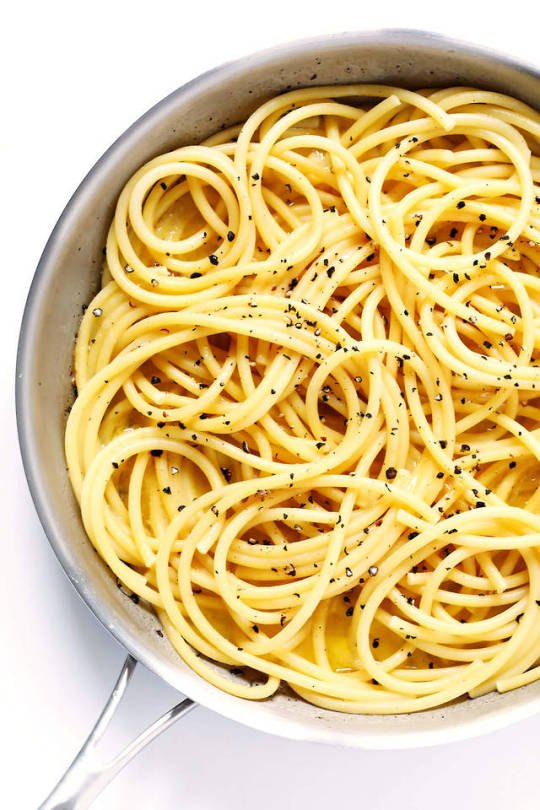

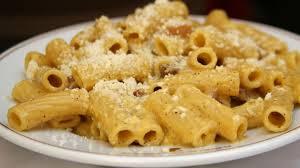




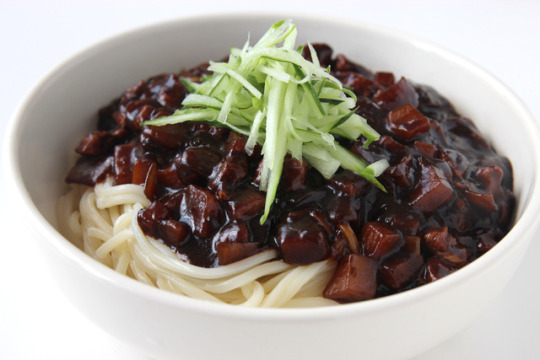
The Twisted History of Pasta
“During the 20th century, Americans developed a love affair with pasta. On the big screen, spaghetti played memorable roles in classic films such as the Marx Brothers’ Night at the Opera (1935), Disney’s Lady and the Tramp (1955), and Goodfellas (1990).”
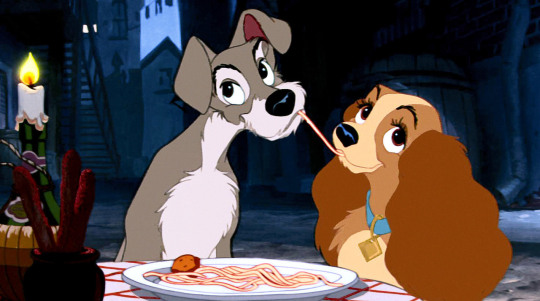
“Pasta’s ethnic roots have been long debated. Many theories have been put forward, some notably far-fetched. An enduring myth, based on the writings of the 13th-century explorer Marco Polo, that pasta was brought to Italy from China, rose from a misinterpretation of a famous passage in Polo’s Travels...Even while Polo was away on his travels in the 1270s, there is a reference to a soldier in the northern Italian city of Genoa, who owned a basket of “macaronis.” A century before, the Muslim geographer al-Idrisi wrote of seeing pasta produced on Sicily.
Many Italian writers have argued that a tomb from the fourth century B.C. bears a relief of pasta-making equipment, suggesting the dish was being enjoyed in pre-Roman Italy...From the 13th century, references to pasta dishes—macaroni, ravioli, gnocchi, vermicelli—crop up with increasing frequency across the Italian Peninsula.”
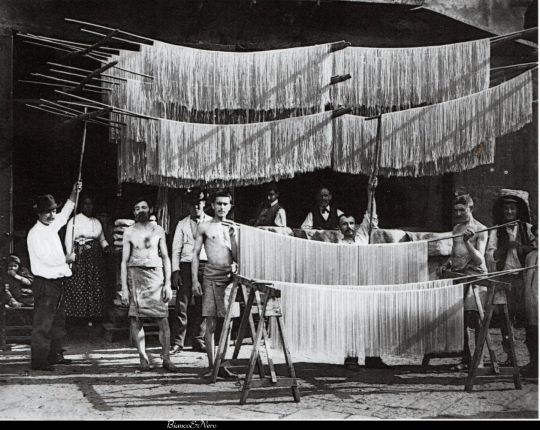
”Pasta was considered a dish for the wealthy, taking pride of place in aristocratic banquets during the Renaissance...in the middle of the 16th century...Pasta, by the late 17th century in Naples, was becoming the main staple of the common diet. Neapolitans had been nicknamed leaf-eaters (mangiafoglia) in the 1500s. From the 1700s they started to be called macaroni-eaters (mangiamaccheroni) instead...the main reason for pasta’s dramatic spread was that, from the 17th century, industrial pasta production was developed with the use of machines such as the torchio, a mechanical press to make noodles or vermicelli.”

“Several things that have changed drastically over time are the flavorings added to pasta. Sweetness has been replaced by savory, sugar swapped out for vegetables, which helped make pasta a nutritionally complete dish. Then, at the beginning of the 19th century, tomatoes were added. For a long time Italians considered them to be too exotic. In fact, it is not until 1844 that the first recipe appears for the most common pasta dish today: spaghetti in tomato sauce.”
(via The Twisted History of Pasta | National Geographic)
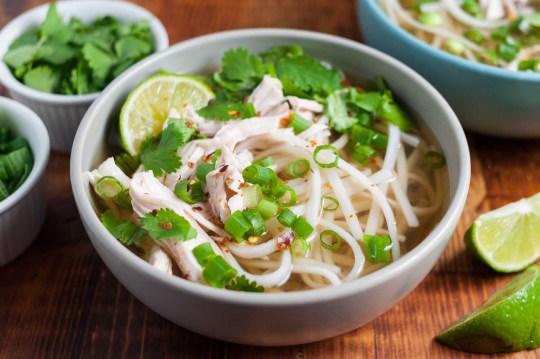
Tracing the Origins of the Noodle
“Noodles are eaten as pho in Vietnam, chow-chow in Nepal, seviyan in India and many other permutations and combinations throughout the globe. While the popularity of noodles is a widely accepted consensus, its origin is still a prominently debated subject. There are numerous contenders who have claimed to be the creators of the Noodle. Italians profess that they are the pioneers of this plant based food, whereas the Chinese argue that they invented this culinary sensation.
Pasta is an integral part of the Italian diet and culture. With shapes ranging from small pinwheels to large sheets, its diversity can be witnessed across the regions of this unified country. Each Italian province has its own rich history with pasta, shaped by its geographical limits and foreign influences, and as a result unique dishes native to these expanses have become a beacon for their identities. The emergence of Pasta in Italy was formerly attributed to Marco Polo, a venetian explorer. He voyaged to China, and upon his return in 1295, he brought back copious amounts of spices and other discoveries which included noodles.”
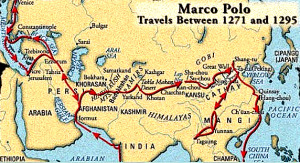
‘Well, Marco Polo might have done amazing things on his journeys, but bringing pasta to Italy was not one of them: noodles were already there in Polo’s time.’(Demeteri, 2018)
[P]asta already existed during the Roman-Etruscan era as ‘Lagane’... Apicius...was a Roman author, who discussed a recipe of ‘laganon’ in his discourse published in the first century AD. These written accounts date back thousands of years. Pasta has thus been a component of the Italian diet for centuries.”

“Arabs played a role in the development and spread of boiled noodles or ‘itriyah’. They significantly influenced Italian food and culinary practices when they invaded the country in the 8thCentury AD. Their cuisine and culture was adopted in regions such as Sicily, where the spread of sweet and savory foods such as pasta con la sarde was observed after the Arabic conquest. Macaroni too, gained widespread admiration amongst the Sicilians at this time.”

“Ramen is not only a culinary phenomenon here; it is a cultural marvel as well. Japan has museums dedicated to this fast-food, ramen stalls throughout the country, and television cooking shows fashioned around this spicy broth with noodles. The widespread consumption of Ramen by the residents of Japan is unparalleled by any other people. These facts beg the question ‘who are the ancestors of these instant noodles’ ‘was there a Japanese predecessor to this curried noodle dish’. On further research it becomes clear that ramen was introduced to Japan in the form of noodles, from China...Ramen, in present day, has become a national staple food in post-war Japan. Even though noodles weren’t devised here, they have become a vital part of the country’s national identity and the favorite grub of its people.”

“[T]he most plausible birthplace of the noodle is China...However, even though China maybe the site of the first instances of noodles and they may have introduced some countries like Japan and India to them, this doesn’t necessarily mean that they were the ones who introduced the rest of the world to it. Italians were enjoying pasta long before Marco Polo brought back the secrets of the Chinese noodle trade. As there is very little documented data and only a few preserved artifacts related to Italian pasta, it’s not right to make any broad claims about its beginning. It is also plausible that pasta developed spontaneously in China and Italy at different time periods.”
(via Tracing the Origins of the Noodle | Noodles On The Silk Road blog)

Andō Momofuku: An Inventor Who Used His Noodle to Change Global Food Culture
“ Instant ramen: just add hot water and you have a meal in a few minutes, anytime, anywhere. The product had its beginnings with Chicken Ramen by Nissin Foods, invented by Andō Momofuku in a backyard workshop.
Andō Momofuku (1910–2007) was rightly known as “Mr. Noodles.” His instant noodles, invented in 1958 [48 years old], record yearly sales of 5.5 billion units in Japan alone; worldwide, nearly 100 billion portions are consumed every year, truly making the product a “global food.” Nissin Food Products, the company Andō founded, is part of the Nissin Group, which has grown into a giant with net sales of more than ¥490 billion in the fiscal year ending March 2017.
But before success came many trials. Andō was an up-and-coming industrialist who lost all his wealth overnight. By the time he invented Chicken Ramen, the world’s first instant ramen, he was already 48 years old.”

“Andō left these words: “In life, it’s never too late. It took me forty-eight years to invent this product.”
The idea for instant ramen came to Andō at a black market near Osaka’s main train station during the years of severe food shortages following the war. Under a cold winter sky, he saw a long line of people lined up waiting their turn to eat a bowl of ramen...A few years later, when he did not know where his own next meal was coming from, he recalled that scene and decided to try developing ramen that was simple to make and easy to eat, in addition to keeping well.
[Ando] came up with the flash-frying method, frying the noodles briefly to eliminate moisture. Andō’s hometown of Tainan is known for yi-mian, a type of noodle that is deep-fried before boiling...Andō got the idea from his wife Masako’s tempura. Seeing how she prepared crispy tempura by frying it in a way that drove out excess moisture, he hit on the notion of flash-frying his noodles.”

“Thanks to Andō’s experimentation, Chicken Ramen, the world’s first instant ramen, went on sale in August 1958. The noodles are permeated with a concentrated soup consisting of chicken stock and seasonings; simply adding hot water produces a steaming bowl of ramen. Called mahō no rāmen, “magic ramen,” when it first went on the market, Chicken Ramen became a runaway hit.
When Andō first told Masako that he was going into the ramen business, she reportedly said: “If you’re going to do that, make sure you become Japan’s best ramen maker.” Her admonition came true, as Andō watched yearly sales of his Chicken Ramen reach ¥4.3 billion just five years later.”

(via Andō Momofuku: An Inventor Who Used His Noodle to Change Global Food Culture | Nippon.com)

Great Tomato Substitutes for Everyday Cooking
Whether you have an allergy, sensitivity, or intolerance to them as I do, or you simply don't have tomatoes on hand, here are some great substitutes for tomato sauce, crushed tomatoes, and more that you can use in your everyday cooking.
In my effort to both eat foods that taste tomato-like and also save my health, I accidentally found the tastiest substitute in a product that is pre-made, called Marco Polo Ajvar,”

”This is actually a red bell pepper and eggplant spread that has an uncanny similarity to the texture and taste of tomato sauce. The ingredients in this Ajvar are: peppers, eggplant, sunflower oil, salt, sugar, distilled vinegar, and garlic. The product is imported from Bulgaria, which is one of the reasons the ingredients are very wholesome...This product is highly suited for people with allergies and intolerances to tomato. I'm a little addicted to this stuff myself. People you serve this sauce to might not even know it isn't tomato sauce. That is how close the flavor is.”
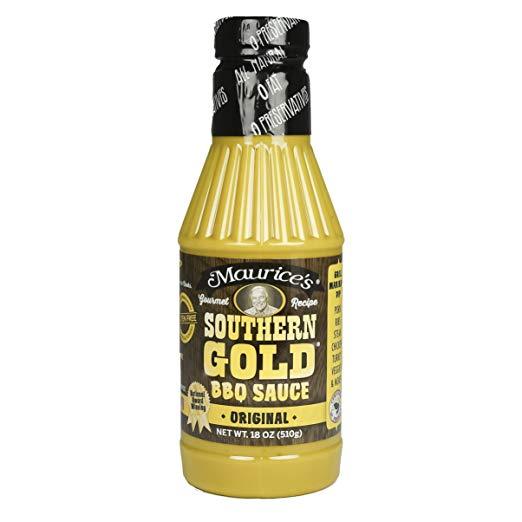
“If you are on the market for a barbecue sauce without tomatoes, try one that is mustard-based...This sauce is from a South Carolina recipe that's been perfected over four generations. Common ingredients in mustard-based sauces include molasses and vinegar and a great blend of herbs and spices. You will not miss the tomatoes at all, and your guests and family will enjoy this as well.”
(via Great Tomato Substitutes for Everyday Cooking | Delishably)

Filipino spaghetti
“Filipino spaghetti, also known as sweet spaghetti, is a Filipino adaptation of the Italian spaghetti with Bolognese sauce. It has a distinctively sweet sauce, usually made from tomato sauce sweetened with brown sugar or banana ketchup. It is typically topped with sliced hotdogs or smokedlongganisa sausages, giniling (ground meat), and grated cheese. It is regarded as a comfort food in Philippine cuisine.
The dish is believed to date back to the period between the 1940s and the 1960s. During the American Commonwealth Period, a shortage of tomato supplies in the Second World War forced the local development of the banana ketchup. Spaghetti with Bolognese sauce was introduced by the Americans and was tweaked to suit the local Filipino predilection for sweet dishes.”
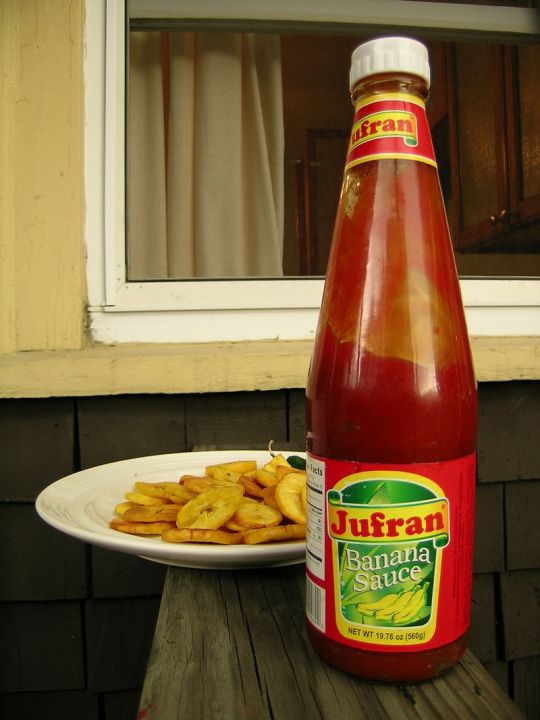
Banana ketchup
Banana ketchup or banana sauce is a popular Philippine fruit ketchup condiment made from mashed banana, sugar, vinegar, and spices. Its natural color is brownish-yellow, but it is often dyed red to resemble tomato ketchup. Banana ketchup was made when there was a shortage of tomato ketchup during World War II, due to lack of tomatoes and a comparatively high production of bananas.”

Jajangmyeon
“Jajangmyeon or jjajangmyeon is a Chinese Korean noodle dish topped with a thick sauce made of chunjang, diced pork, and vegetables.
Jajangmyeon dates back to 1905, when it was introduced in Gonghwachun, a Chinese restaurant in Incheon Chinatown run by an immigrant from the Shandong Province of China. The restaurant is now the Jjajangmyeon Museum.
In the mid-50s in South Korea, soon after the Korean War, jajangmyeon was sold at low prices so that anyone could eat it without burden. The new Korean-style Jajangmyeon began to gain explosive popularity among the many merchants visiting the port of Incheon, which was the center of trade, and the many dock workers working in the fish market, and quickly spread throughout the country.“
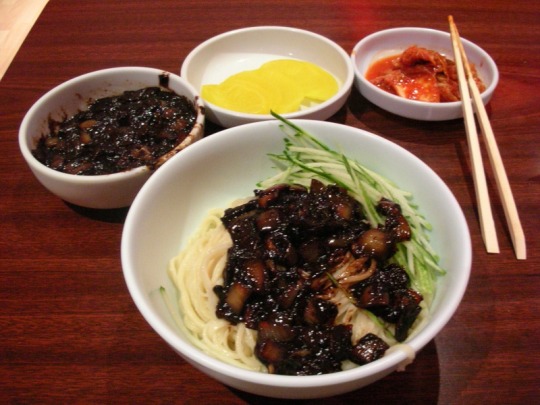
Can My Dog Eat Pasta?
“The answer is maybe. In its plain form, pasta is unlikely to harm your dog, especially in moderation. However, it is worth being careful, as some pets have wheat allergies or are sensitive to grains. Pasta has very minimal nutritional value as well, so while it isn’t poisonous, it shouldn’t be a regular part of your dog’s diet.
Oh, and avoid the sauce. Onions and garlic are toxic to dogs, so pasta sauce can make your dog sick.”

Can my dog eat spaghetti?
Only plain! If the spaghetti is in sauce, most sauces contain onions and garlic, which are toxic to dogs so avoid them completely to be safe. That’s not to mention that most spaghetti sauces include sugar and salt at problematic levels for dogs.
Can my dog eat ramen?
Nothing quite like a salty, meaty, bowl of hot ramen. Unfortunately, both traditional ramen and instant ramen are too salty for your dog to enjoy. If you’re feeding your dog plain ramen noodles, those are usually fine, but again, offer no nutritional value...It’s also good to note that onion and garlic are both popular ingredients in instant ramen flavor packets, so sharing noodles from your bowl isn’t a great idea for your dog.”
(via Can My Dog Eat Pasta? | Rover.com)

#pasta#spaghetti#macaroni#laganon#noodles#marcopolo#pho#chowchow#chowmein#ramen#andomomofuku#nissinfoods#filipinospaghetti#bananaketchup#blackbeansauce#jajangmein#firstdatedinner#tomatofree#mealideas#dogscaneatplainpasta
0 notes